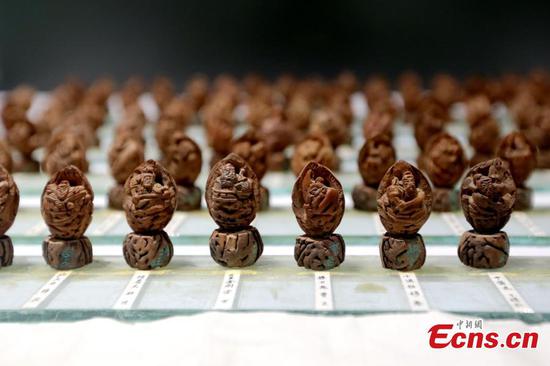American scientists reported a new antibiotic treatment with heavy metal gallium that showed signs of efficacy in a preliminary trial among patients with hard-to-treat lung infection.
The study published on Wednesday in the journal Science Translational Medicine described the new approach that tricks bacteria into taking up a molecule that looks like food, but wreaks havoc once inside, showing initial success in mice and humans.
It came as researchers have been on the hunt for new drugs to combat "superbugs" that cannot be penetrated by current antibiotics.
Researchers from the University of Washington (UW) School of Medicine focused on a superbug named Pseudomonas aeruginosa, which can cause infection in the lungs, urinary tract, wounds and elsewhere, a usual problem in patients whose ability to fight infection is impaired because of illnesses such as cystic fibrosis, cancer and AIDS.
Gallium is a metal similar to iron, a critical nutrient for bacteria during infection, according to the study.
"The body goes to great lengths to keep iron away from bacteria, and infecting organisms crank up special systems to import iron and steal it from the host," said Pradeep Singh, the paper's senior author and a UW professor of microbiology and medicine.
However, they have found that the gallium, serving as a "Trojan horse," not only fails to nourish bacteria as iron would, it actually harms them.
Gallium disrupts machinery that bacteria use to make new DNA, and without this the bacteria can't multiply, according to the study.
In lab studies, bacteria developed resistance to gallium at low rates, and gallium's potency was increased when used in combination with some existing antibiotics.
In mice, researchers found that a single dose cured lethal lung infections. They also studied gallium in 20 people with cystic fibrosis (CF) and difficult-to-treat lung infections caused by antibiotic-resistant Pseudomonas bacteria.
"Our preliminary study in a small group of people with CF suggests that gallium is safe and improves patients' lung function," said Christopher Goss, the paper's first author from UW.


















































